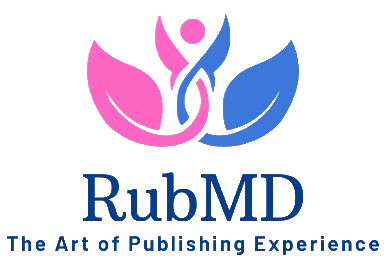Mold toxicity can be a silent but harmful presence in our homes or workplaces, often going unnoticed until symptoms begin to affect our health and well-being. Through my experiences and the shared stories of others, I’ve come to realize how crucial it is to recognize the signs of mold exposure early. Below, I’ll share some key warning signs that may indicate mold toxicity, along with tips on how to address this issue creatively.
1. Persistent Respiratory Issues
Have you noticed yourself coughing, wheezing, or sneezing more frequently? Persistent respiratory problems can be one of the first signs of mold exposure. If you or your family members experience these symptoms without a clear cause, consider inspecting your living environment for mold.
2. Unexplained Allergic Reactions
If you find yourself suddenly suffering from allergic reactions like itchy eyes, runny nose, or skin rashes, mold might be lurking nearby. Many of us, including myself, initially mistake these symptoms for seasonal allergies, but if they persist year-round, mold could be the culprit.
3. A Strange Odor
That musty smell in your home could be more than just an annoyance; it might indicate mold growth. You know your space better than anyone, so trust your nose. If something smells off, it’s time to hunt down and address the source of that odor.
4. Difficulty Concentrating
Mold exposure can also affect your cognitive functions. If you or someone in your household is having trouble focusing, experiencing memory lapses, or feeling a general mental fog, consider testing for mold. As someone who cherishes creativity and sharp thinking, I found this particularly troubling during my mold ordeal.
5. Worsening Asthma or Breathing Problems
For those with pre-existing respiratory conditions like asthma, mold can exacerbate symptoms. Monitoring any changes in your breathing health is crucial, especially if you notice increased asthma attacks or a need for more medication than usual.
6. Chronic Fatigue
Feeling tired all the time despite getting adequate sleep could be a sign of mold exposure. I’ve personally battled with unexplained fatigue, and it wasn’t until we identified and remediated mold in our home that my energy levels began to improve.
7. Frequent Headaches
Regular headaches that seem to occur more often when you’re at home can be a sign of mold exposure. I noticed that my headaches were more frequent during weekends spent indoors, prompting me to investigate our indoor air quality.
8. Unusual Mood Changes
Mold can impact more than just your physical health; it can also play a role in mood swings and other emotional disturbances. If you or your loved ones notice unusual irritability or mood fluctuations, it might be worth considering environmental factors like mold.
9. Visible Mold Growth
Sometimes, the most obvious sign is visible mold. This can appear as black, green, or white patches on walls, ceilings, or hidden surfaces like behind wallpaper. If you spot mold, it’s essential to address it quickly to prevent further spread.
10. Dampness and Humidity Issues
Finally, a home that feels unusually damp or has high humidity can foster mold growth. Use a hygrometer to monitor humidity levels, aiming to keep them below 60%. Managing humidity is a proactive step in preventing mold.
Final Thoughts
Recognizing these warning signs early can make a significant difference in addressing mold toxicity effectively. If you suspect mold in your environment, consider hiring a professional to conduct a thorough inspection and remediation. Your health is invaluable, and ensuring a mold-free living space is crucial to maintaining it. Let’s embrace our roles as vigilant guardians of our homes, combining our instincts with a touch of creativity to create safer, healthier living spaces.



